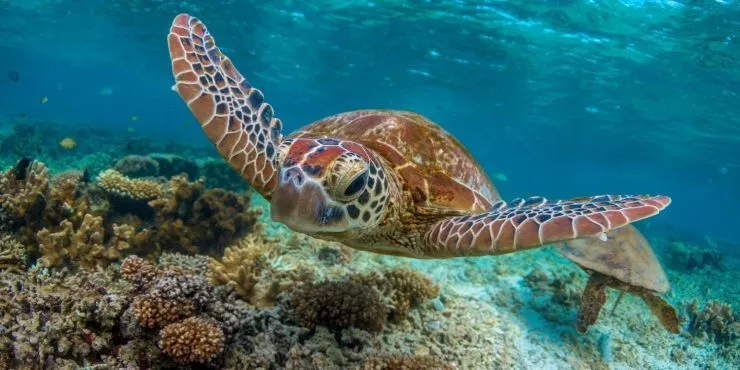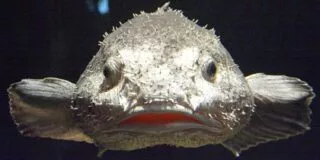Sea turtles have been around for millions of years and are essential to specific ecosystems.
They can be found in different locations across the globe but mostly in similar tropical climates.
Sadly they are becoming an endangered species due to environmental changes that our planet is facing.
Here are nine satisfying facts about the sea turtle.
There are seven different species of sea turtles.
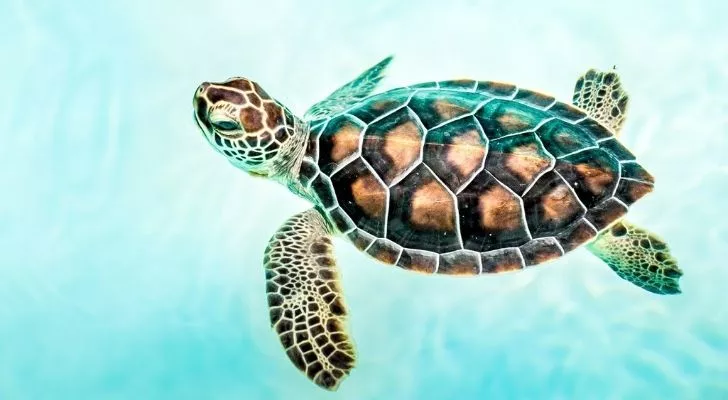
The seven sea turtles are Green sea turtle (Chelonia mydas), Loggerhead (Caretta caretta), Kemps ridley (Lepidochelys kempii), Olive ridley (Lepidochelys olivacea), Hawksbill (Eretmochelys imbricata), Flatback (Natator depressus), and Leatherback (Dermochelys coriacea).
The leatherback turtle can be found on both the east and west coast of the USA, as well as Hawaii, Puerto Rico, and the Virgin Islands.
However, flatbacks are only found off the coast of Australia and Papua New Guinea.
Olive ridley, hawksbill, loggerhead, and green sea turtles are found in the Atlantic, Pacific, and the Indian Ocean.
Kemp’s ridley turtles are primarily found in the Gulf of Mexico; however, they can live in the Atlantic Ocean and have been seen as far north as Nova Scotia in Canada.
The leatherback turtle is the largest sea turtle.

An adult leatherback turtle can grow up to around 5.9-7.2 feet (1.8-2.2 meters) long.
They are the largest sea turtle species, and a fully grown adult can weigh up to 2,000 pounds (900 kilograms).
They are the fourth heaviest modern reptile, with three heavier species of crocodile.
Leatherbacks are also the only sea turtle to have a soft shell.
Their back is made from carapace, which is like a tough, rubbery skin.
Sea turtles help ecosystems.

An essential part of some ecosystems is the sea turtle’s diet.
They mainly eat seagrass, which promotes and stimulates the growth of the plant.
There are very few sea creatures that eat seagrass, manatees being one of the only creatures to feast on it.
Seagrass beds are important areas for the breeding and development of many sea creatures, so it is crucial these areas thrive.
By the sea turtle regularly grazing, it ensures a thick healthy bed is maintained as a habitat for other creatures to breed.
As well as seagrass, different turtles eat different things.
For example, the leatherback turtle will eat jellyfish, and hawksbill turtles eat sea sponges.
A sea turtle’s sex is determined by temperature.
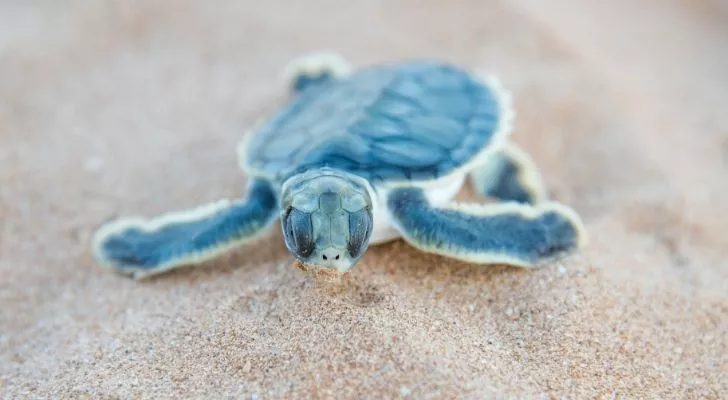
When a sea turtle egg is laid in its nest, it is neither male nor female.
Unlike most creatures where sex is determined during fertilization, the temperature of the nest’s environment is the decider of sex for sea turtles.
If the temperature is warmer than 82-84 °F (28-29 °C), the hatchling will be born female.
If the temperature is below, then the sea turtle will be born male.
Scientists have noticed a correlation in the warmer the sand, the higher the number of female hatchlings.
With the current temperature changes we are facing with global warming, it is worrying how this might affect ratios of female to male hatchlings in the future.
Sea turtles were once worshipped.

The Moche people of Peru worshipped sea turtles.
The Moche civilization lived on the northeast coast of Peru from around 100 AD to 700 AD.
Being an agricultural civilization and known for their fishing, it is no wonder that they would have worshipped the sea turtle.
Many artworks and artifacts depict sea turtles, which would suggest they were vital in Moche society.
It is thought that they could have been worshipped because of their ability to consume the box jellyfish.
Box jellyfish stings can be fatal to humans, so the more that are consumed by sea turtles, the lower the risk of being stung by one.
Sea turtles have a commensal relationship with barnacles.

A commensal relationship between animals often occurs when one benefits from being attached to the other animal.
In this situation, some barnacles benefit from growing and attaching themselves to sea turtles.
They will usually attach to the neck or shell of the sea turtle.
There are three main reasons why sea turtles make great hosts for barnacles.
The first is that they live a long time; therefore, the barnacle does not have to worry about its host dying and finding a new home.
However, this security can sometimes fail as a barnacle may attach itself to an area of skin or shell which the turtle ends up shedding.
The second benefit of barnacles is the constant flow of food. Being situated on the neck allows them access to food particles that flow from the turtle’s food source.
Lastly, sea turtles travel great distances in various waters, so it offers up a great diversity in areas where the barnacle can spread its larvae.
In this relationship, the barnacle definitely benefits more than the sea turtle.
Turtle tourism is a thing in Costa Rica.
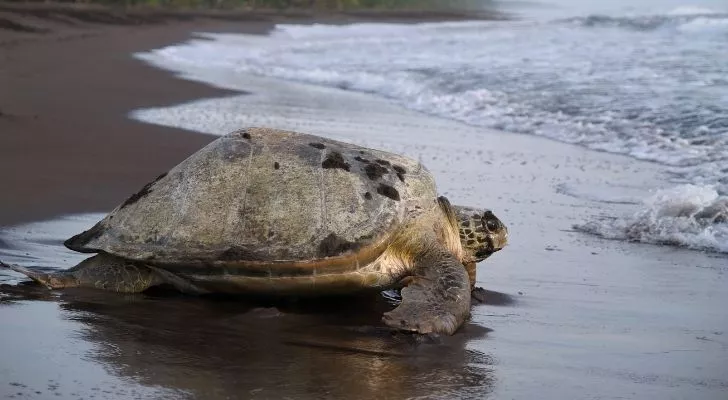
Some countries such as Costa Rica have turned their tourism to focus on sea turtles.
Known as ecotourism, it has become popular to visit sea turtle conservation projects for your vacation.
Tortuguero, Costa Rica, is considered to be the founding place for this concept.
They ditched their sea turtle meat and shell tourism for conservation and ecotourism.
The Caribbean Conservation Corporation helped locals set up a sea turtle-protected area, where tourists can see turtles nesting and hatching with a local guide.
Not only has it created a 22 mile (35 kilometers) safe haven for the turtles, but it has created a sustainable industry for locals.
The oldest sea turtle is 120 million years old!
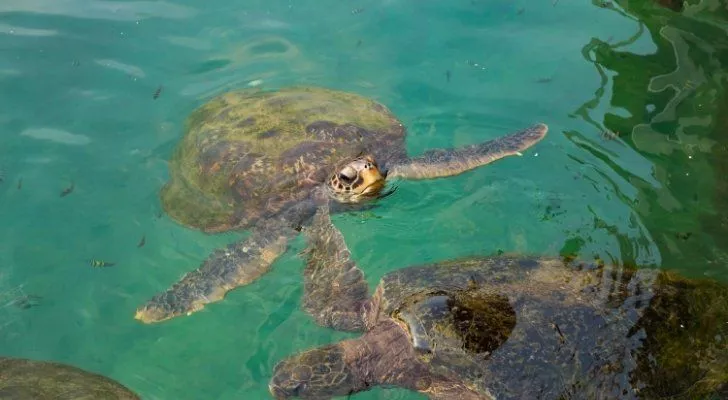
Sea turtle fossils and skeletons reveal that they once lived alongside dinosaurs.
Sea turtles are one of the few reptiles that have outlived dinosaurs that are still alive today.
However, the specific sea turtle species found in Villa De Leyva, Colombia, is now extinct.
The Desmatochelys padillai turtle skeleton was dug up in 2007 by paleontologist Mary Luz Parra and her brothers.
It is dated to the Cretaceous period, anywhere between 145.5 million and 65.5 million years ago.
A sea turtle can live around 50-100 years.

The hawksbill has the shortest lifespan of all the sea turtle species, averaging between 30- 50 years.
The green turtle has the longest life span averaging an age of around 80 years old but can sometimes live to 100!
It takes most sea turtles between 15-50 years to mature and become reproductively developed.
As of 2019, one of the oldest living sea turtles is called Myrtle.
He is a green sea turtle living at Cape Cod aquarium and has been living there for more than 45 years.
Judging by his shell, it’s estimated that he was around 90 years old in 2019.
Sea turtles are amongst some of the world’s oldest reptiles that are still alive today.
Sadly they are becoming an endangered species due to climate change, pollution, and poaching.
But many conservation projects are being set up globally to help these beautiful creatures of the sea survive.
